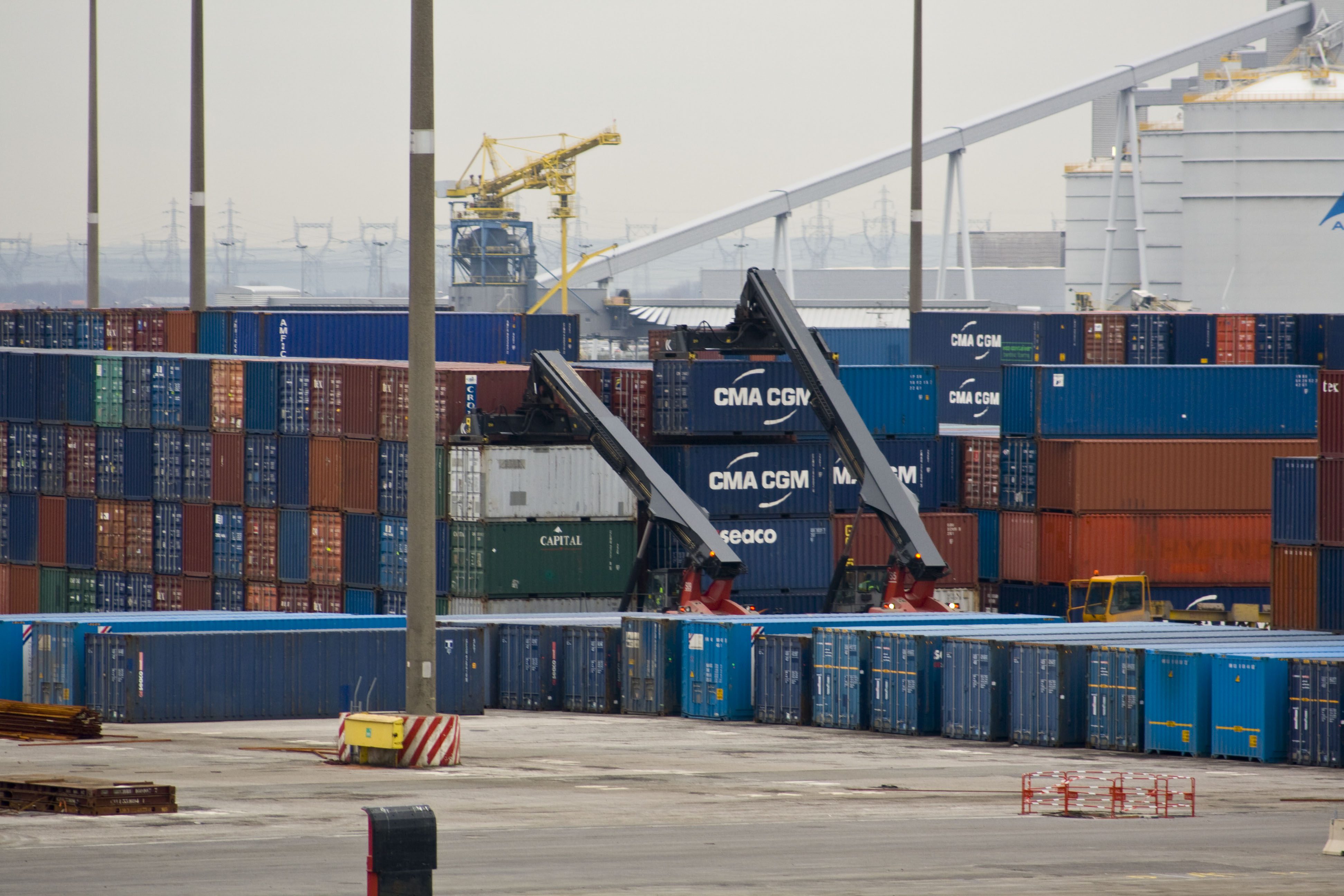Last week, Claire’s, an international retailer of teen accessories and cosmetics, recalled nine makeup kits (including eye shadow and blush) after a lab found traces of asbestos in the products.
The discovery was made by Kristi Warner, a mom from Rhode Island. Curious about what was in her six year-old daughter’s glitter makeup, Warner sent samples of her daughter’s Claire’s makeup to an independent lab in North Carolina for testing. Test results revealed traces of a toxic mineral, tremolite asbestos, contaminating the talcum powder used as an ingredient in these products. After receiving the alarming test results, Warner tested 17 more Claire’s products from nine different states; most of the samples tested positive for asbestos.
Exposure to asbestos, even at low levels, is linked to lung conditions as well as a rare cancer called mesothelioma, a cancer of the lining of the chest. Once known as a “magic mineral” for its fireproofing and insulating characteristics, asbestos is now banned in over 50 countries with Canada’s ban to take effect in 2019.
Although the testing of the products happened in the U.S., Health Canada confirmed that the same makeup kits are also sold in Canada.
Unfortunately, this product scare isn’t the first of its kind. Non-stick cookware, stain/water resistant products, and furniture containing toxic flame retardants are just a few examples of how our toxic chemical regulations are falling short. Even toxic chemicals that are banned in Canada are still finding their way on store shelves and our homes through imported goods.
In 2016, Canada’s Office of the Auditor General released a report highlighting that Health Canada’s regulatory approach to toxics is weak. The report goes on to say that this approach falls short of ensuring the safety of consumers from harmful chemicals found in household products and cosmetics. More recently, an internal Health Canada memo warned that an increasing number of consumer goods—like sofas, mattresses, and clothing—are treated with pesticides and antibacterials like triclosan, something that Health Canada or consumers would never know without testing.
These are clear signs that Canada’s regulatory approach to toxics is broken, and that we need to make changes to our current laws. The Canadian Environmental Protection Act (CEPA), Canada’s toxics law, is now two decades old and is ready for a makeover.
Right now, we have a golden opportunity to better protect Canadians and the environment from toxics that hide in our daily household and personal care products. The federal Minister of Environment and Climate Change has committed to making improvements to the law. However, she hasn’t said when the new law would be brought to Parliament. We are concerned that the clock is ticking on the remainder of the current government’s mandate.
You can help by signing this petition asking the federal government to keep its promise to fix CEPA.











